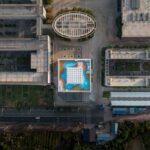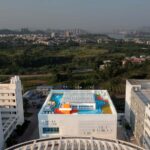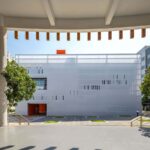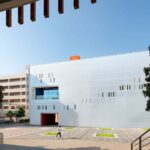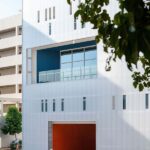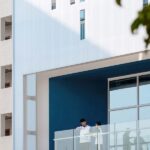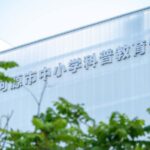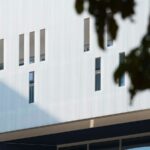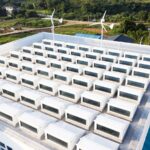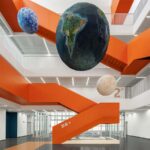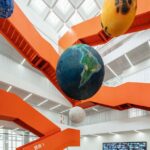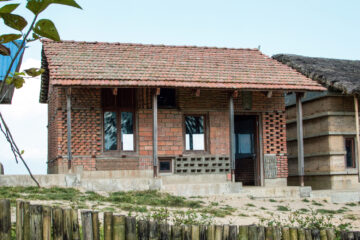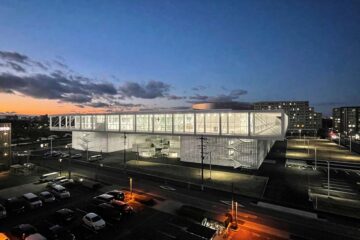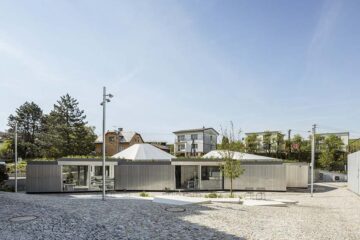Innovating Education Spaces: Heyuan Museum of Popular Science Education for K-12s
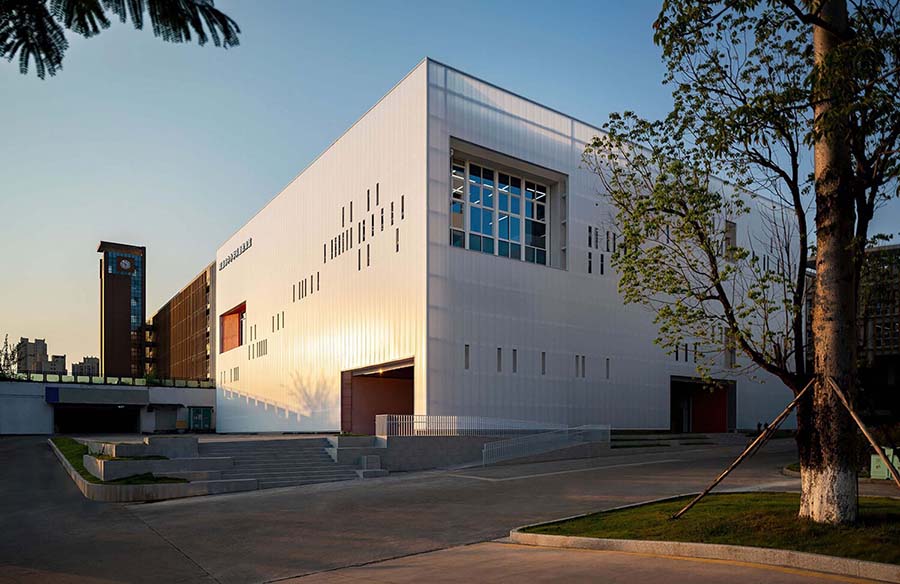
The Heyuan Museum of Popular Science Education for K-12s stands as a testament to the evolving landscape of education and architecture. Developed by the Architectural Design and Research Institute at South China University of Technology, this experimental museum redefines teaching spaces to meet the demands of modern education.
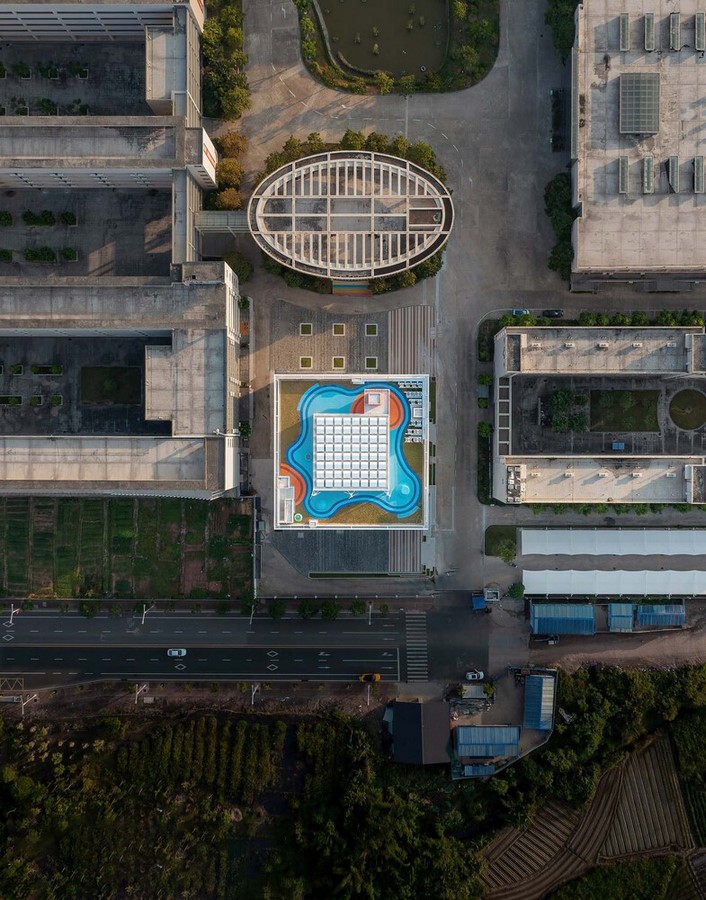
Project Overview
Located within an existing campus, the museum spans 3577 square meters, boasting features of demonstration, benchmarking, and thematic significance. Supported by the provincial government, the project aims to establish a premier science education museum in China, serving students across the city and province. Moreover, it serves as a model for future educational venues, emphasizing distinctive themes tailored to each school’s curriculum.
Functional Integration
To maximize efficiency, the museum integrates two main functional areas: a closed science viewing zone and an open teaching area. The latter offers flexible spaces adaptable to various teaching methods, promoting collaboration and interaction among students and educators.
Streamlined Design
The museum’s design incorporates a multidimensional streamline to optimize visitor flow and enhance the overall experience. Two separate entrance paths converge into a unified route, ensuring smooth navigation and efficient utilization of space.
Sustainable Features
Embracing the principles of low-carbon design, the museum prioritizes energy efficiency and environmental sustainability. Skylights and ventilation systems reduce reliance on artificial lighting and air conditioning, while green technologies such as photovoltaic panels and wind power generation contribute to a “zero-carbon” footprint.
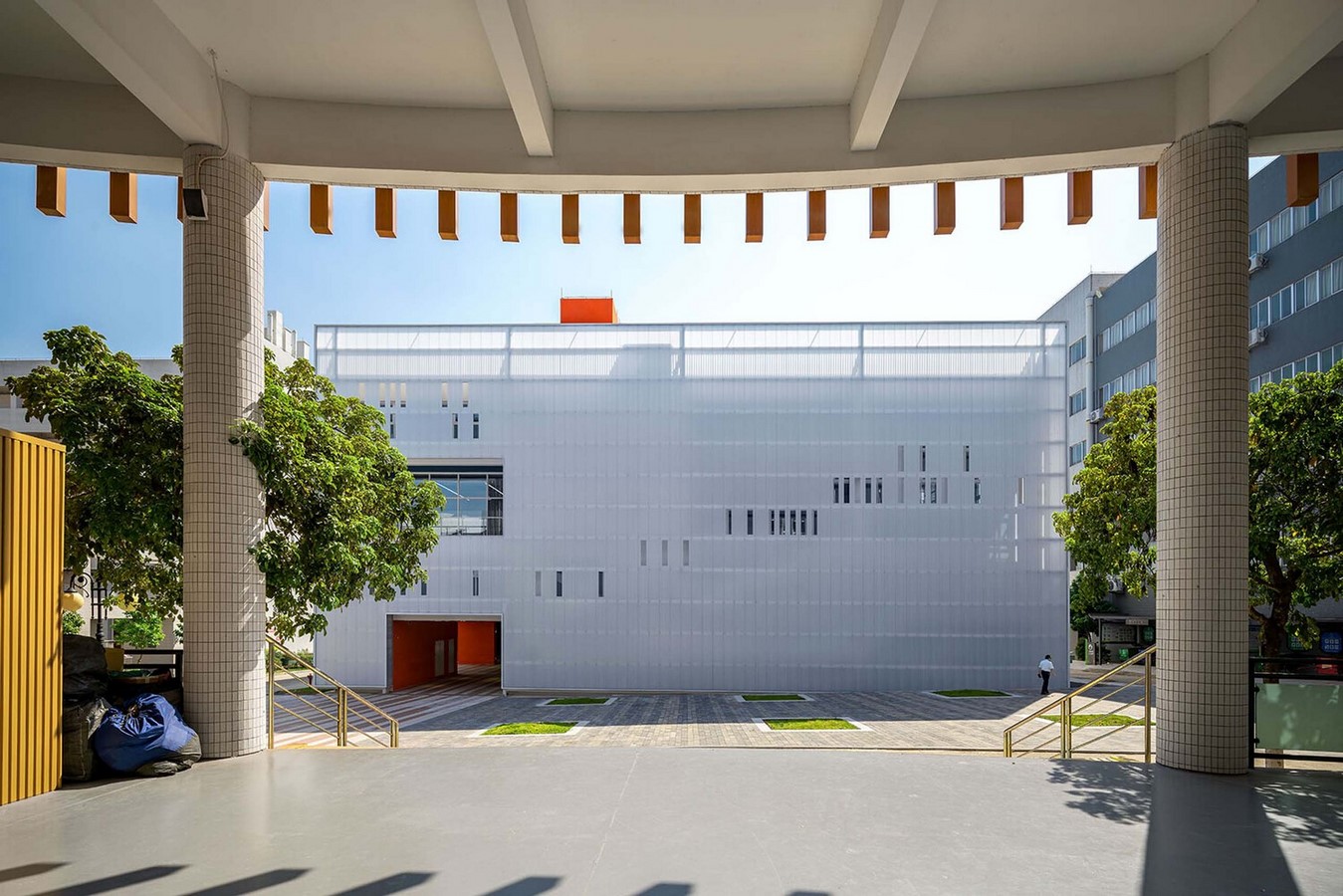
Interactive Learning Environment
Beyond traditional exhibition spaces, the museum encourages hands-on learning through interactive equipment displays and open structural elements. Students are immersed in a dynamic environment where every aspect of the building serves as a teaching tool.
Outdoor Classroom
The museum extends its educational offerings to the outdoors with a rooftop garden, providing additional learning opportunities in a natural setting. Featuring walking paths, botanical gardens, and public activity areas, the rooftop space transforms into an outdoor classroom for immersive learning experiences.
Continuous Innovation
While the museum has been completed, its journey as an “ongoing establishment” continues. Serving as an experimental base for new teaching methods, the museum remains a dynamic hub for educational innovation, where ideas are tested, refined, and integrated into mainstream curricula.
In conclusion, the Heyuan Museum of Popular Science Education for K-12s embodies the intersection of architecture and education, pioneering new approaches to teaching and learning in the 21st century.

